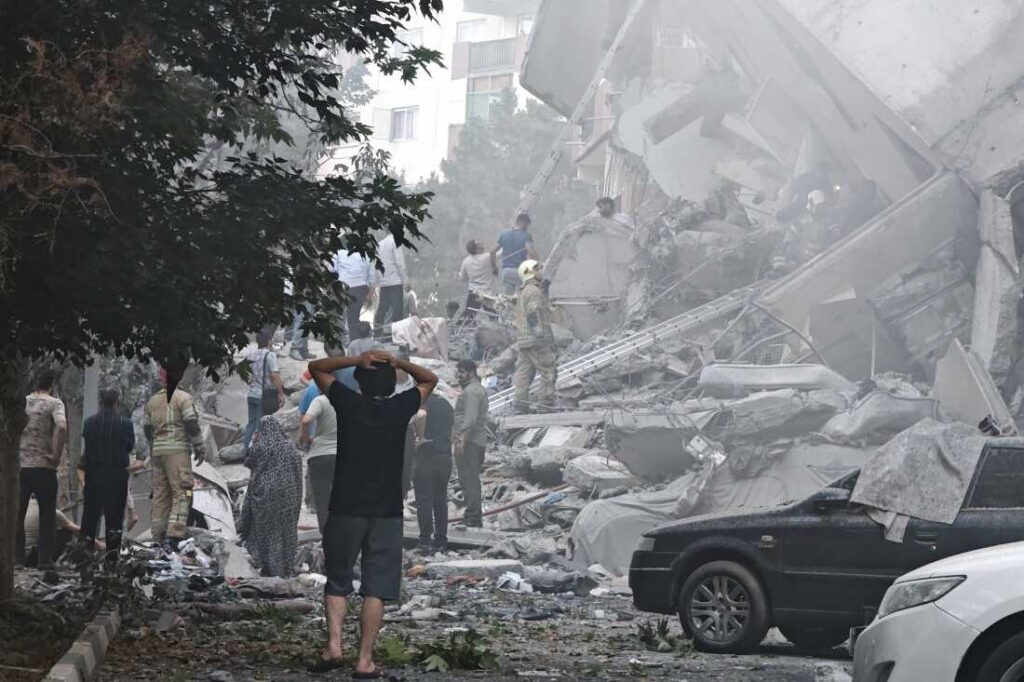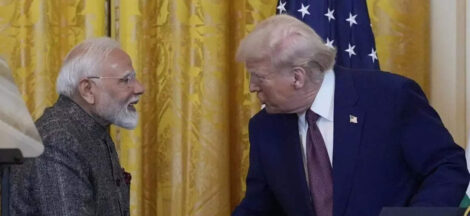Israeli military confirms Iran has deployed a missile carrying cluster submunitions over central Israel in a deliberate attempt to inflict civilian harm. The launch, which occurred mid‑air at about 7 km altitude, released around 20 smaller bomblets across a radius of approximately 8 km over populated areas, officials said. The incident marks the first documented deployment of cluster munitions in the ongoing seven‑day conflict.
Home Front Command sources described the missile as a “dispersal munition” engineered to increase civilian casualties. Authorities reported one bomblet damaged a residential structure in Azor, though there have been no confirmed fatalities to date. Israeli military stressed this deployment adds a new and alarming dimension to an already volatile confrontation.
Cluster munitions scatter multiple explosives over a broad area and often leave unexploded devices behind, posing long‑term risks to civilians post‑combat. Underneath an international ban led by over 100 nations, these weapons are recognised as indiscriminately hazardous. However, significant states including Iran, Israel and the US remain outside this treaty.
Further escalation was evident as Israel and Iran engaged in reciprocal strikes within hours. Israel responded with air assaults targeting Iranian nuclear infrastructure, notably the Arak heavy‑water reactor and Natanz enrichment site. Tehran, for its part, deployed drones and missiles that hit Soroka Medical Centre in Beersheba, where reports indicate dozens were injured amid chaotic evacuations. Casualties from that hit exceed 200, including hospital staff and patients.
Experts warn the use of cluster munitions signals a deliberate shift toward escalating civilian impact. A weapons specialist noted the attack “maximised damage indiscriminately,” complicating Israel’s air defence response. A senior official from a civilian protection agency described the tactic as “designed to terrorise population centres and overwhelm emergency services.”
Israel’s domestic response is centred on civilian protection. The Home Front Command has intensified public warnings about unexploded bomblets and stepped up alert systems near impact zones. Meanwhile, government officials are framing Iran’s strategy as a breach of international humanitarian law, labeling it an act that may constitute war crimes. Senior legal advisors are examining available frameworks for international prosecution.
The attack has sparked urgent diplomatic activity. Washington has issued a stern rebuke, with senior State Department figures urging Iran to cease targeting civilians. European foreign ministers are convening to evaluate enforcement of arms‑control norms and press for de‑escalation. Amid these dynamics, former US President Donald Trump has indicated the US may determine its role within a fortnight, noting the situation demands immediate strategic clarity.
Iranian officials have defended the strike, maintaining the intended targets were military. State media asserts the attacked region housed defence installations tied to Israeli operations. Tehran likewise condemns Israeli strikes on nuclear sites, claiming justification in self‑defence, yet withholding specifics. Analysts note both nations increasingly frame their actions under legal prerogatives, signalling a dangerous entrenchment in mutually justifying violence.
International humanitarian organisations have condemned the deployment of cluster munitions, citing their inherently indiscriminate nature and long‑lasting threat. The International Committee of the Red Cross reiterated that such weapons “inflict indiscriminate suffering and hinder post‑conflict recovery.” These concerns are amplified by forecasts that unexploded bomblets could impact farmland and civilian infrastructure long after hostilities subside.
As both sides continue airstrikes, collateral damage worsens. Iran’s use of cluster‑armed missiles against central Israel is poised to influence global debate on cluster‑munition restrictions. This escalation may prompt renewed international calls for stricter enforcement of existing treaties and pressure for countries to reevaluate their positions on such arms, especially if civilian casualties begin to mount.




 Courts Reinforce Shelter Rights, Curb Bulldozer Justice
Courts Reinforce Shelter Rights, Curb Bulldozer Justice 